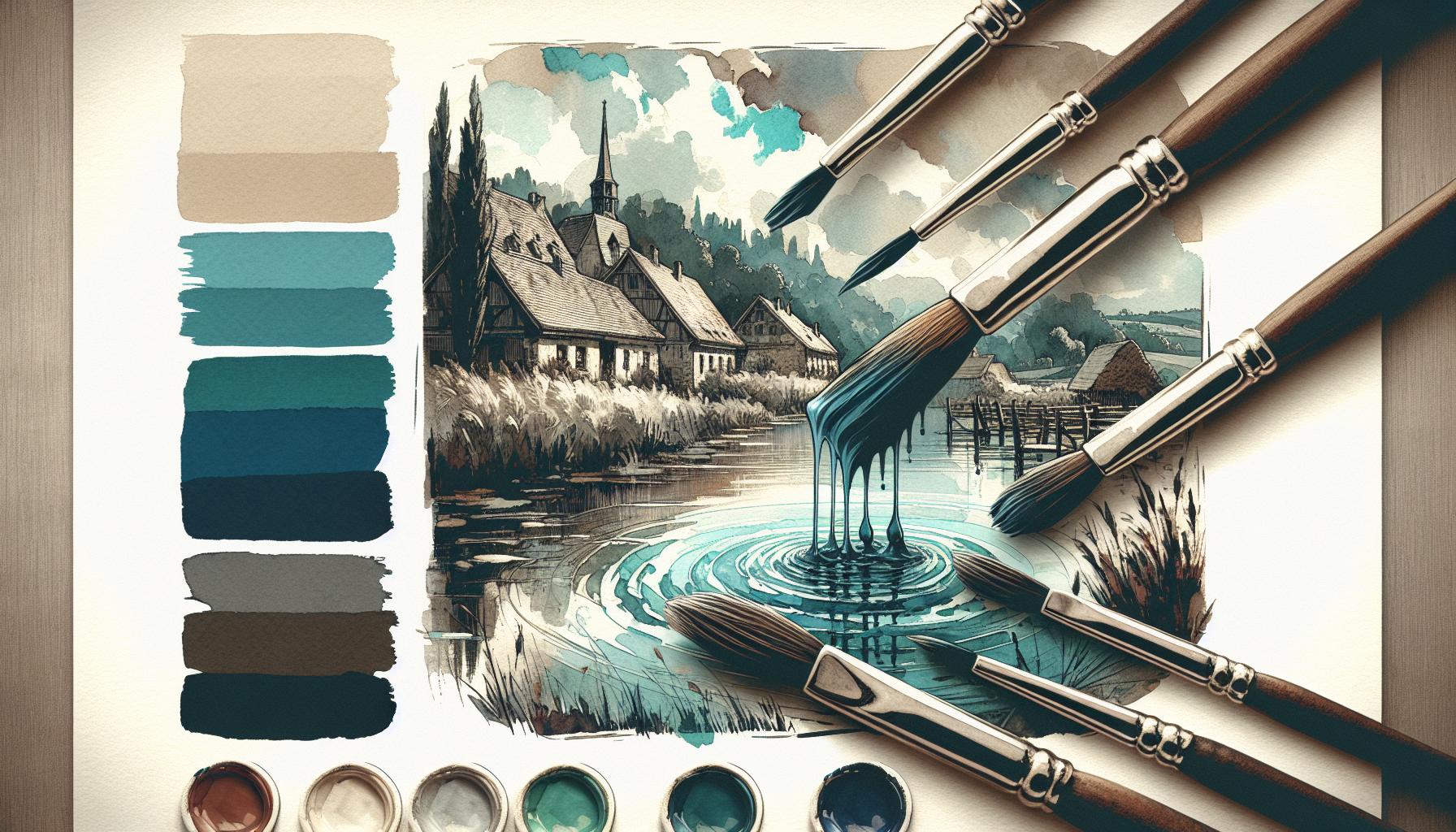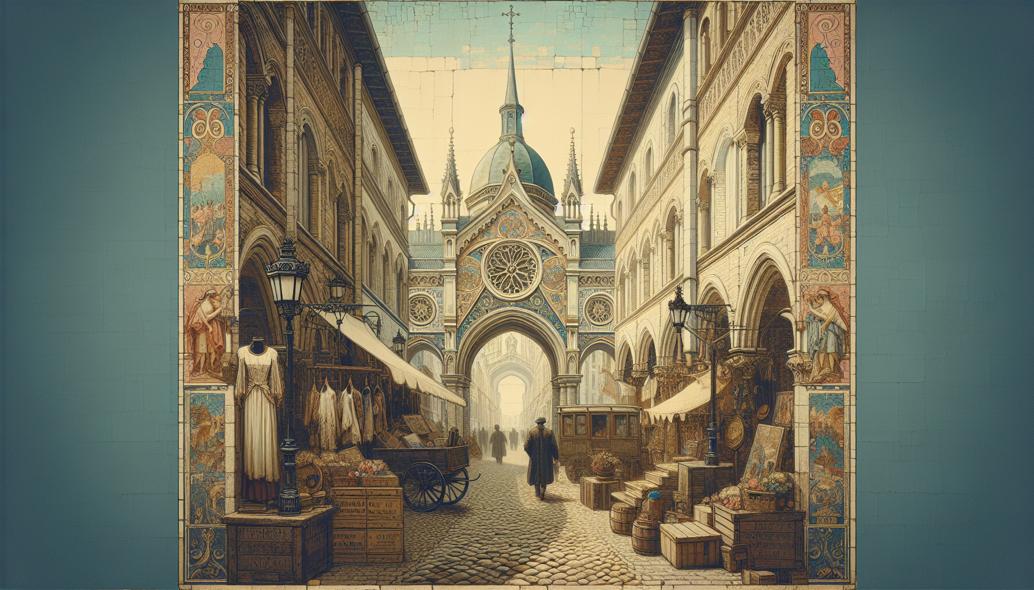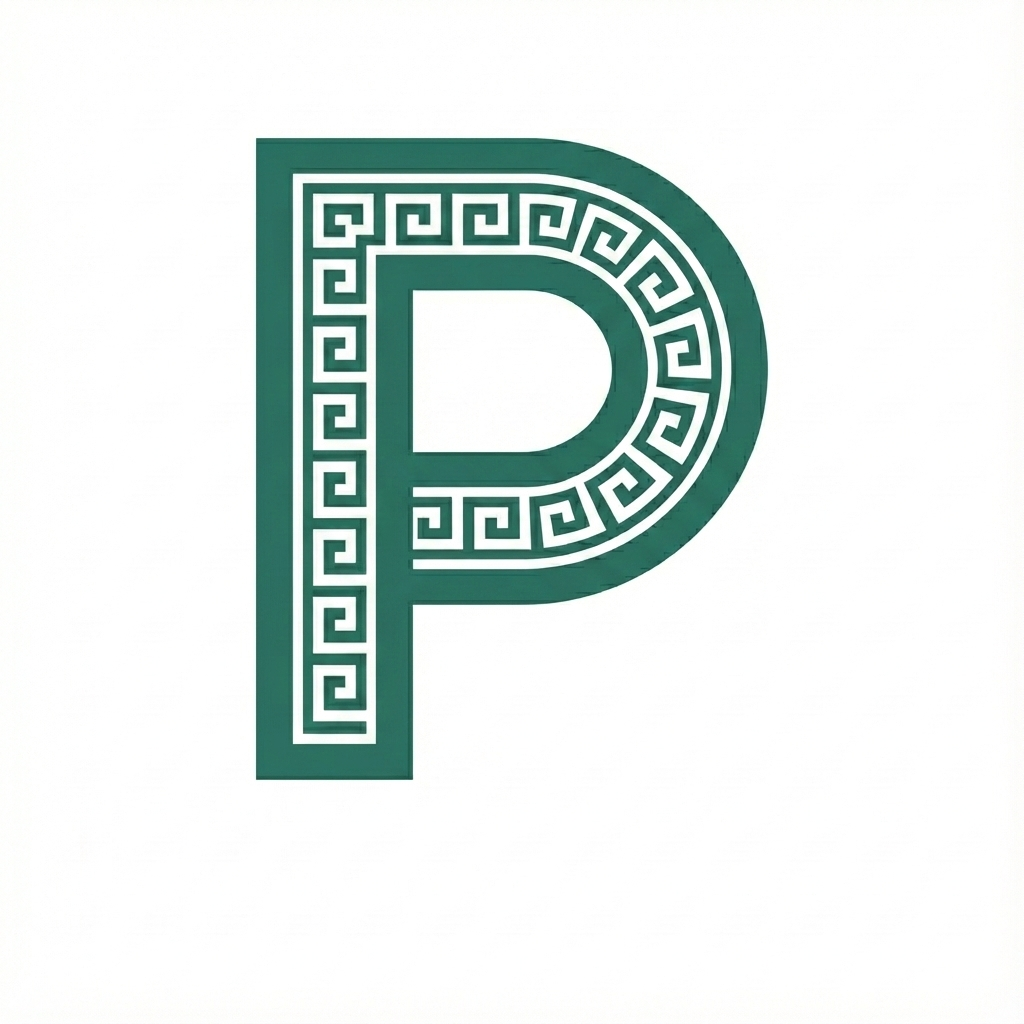Advanced Watercolor Techniques - Wet-on-Wet and Beyond
Dive into the enchanting world of advanced watercolor techniques! Discover the magic of wet-on-wet painting and beyond to create stunning, dynamic effects. Elevate your artistry and master the fluid beauty of watercolors today.

Advanced Watercolor Techniques - Wet-on-Wet and Beyond
Watercolor is an endlessly fascinating medium, offering boundless opportunities for expression through its fluid, transparent hues and myriad techniques. For those looking to elevate their watercolor practice to a new level, mastering advanced methods is key. In this article, we will dive deep into advanced watercolor techniques, focusing on wet-on-wet and other methods to create depth and dynamic effects. Let’s explore the artistry and expertise required to achieve fine art masterpieces in watercolor.
Mastering Wet-on-Wet Technique
The wet-on-wet technique is a cornerstone of advanced watercolor painting. This method involves applying wet paint onto a wet surface, allowing colors to blend and interact in natural, unpredictable ways. This technique is particularly useful for creating soft gradients, atmospheric effects, and abstract backgrounds.
- Preparation: Begin by thoroughly wetting your paper with clean water using a large brush or spray bottle. The paper should have a uniform sheen but not be overly saturated to the point of forming puddles.
- Color Application: Load your brush with wet watercolor paint and gently touch it to the wet surface. The paint will spread and feather out, creating beautiful organic shapes. Use a range of pigments to explore how different colors interact and merge.
- Timing: Timing is crucial in wet-on-wet painting. Work quickly before the paper dries to ensure the paint flows seamlessly. Practice will help you gauge the optimal timing to achieve the desired effect.
Wet-on-Dry Technique for Sharp Details
In contrast to wet-on-wet, the wet-on-dry technique involves applying wet paint to a dry surface. This method is ideal for creating sharp, defined edges and intricate details, adding depth and dimension to your artwork.
- Surface Preparation: Ensure your paper is completely dry before applying paint. Using a high-quality watercolor paper is essential for this technique to maintain the integrity of lines and details.
- Brush Control: Choose appropriate brushes depending on the level of detail needed. Fine-tipped brushes are excellent for outlining and detailing, while flat brushes can be used for broader strokes.
- Layering: Wet-on-dry allows for layering of colors, letting you build up depth gradually. Pay attention to the transparency of watercolor; layering light washes over darker ones can create luminous effects.
Combining Techniques for Artistic Depth
One of the most exciting aspects of watercolor painting is the ability to combine various techniques to create a more nuanced and dynamic composition. Here are some methods to enhance artistic depth:
- Gradual Transitions: Start with a wet-on-wet base to establish a soft, atmospheric background. Once dry, switch to wet-on-dry for adding sharper elements and focal points. This contrast can lead the viewer’s eye through the painting, creating a sense of movement and depth.
- Textural Effects: Use dry brush techniques to create texture and add interest. By dragging a nearly dry brush with minimal paint across the paper, you can emulate textures such as rough bark, grassy fields, or even the intricacies of fabric.
- Glazing: This involves applying a thin, transparent wash over a dry layer of paint. Glazing can alter the hue and add richness without obscuring the underlying details. This technique is excellent for building layers of color and enhancing luminosity.
Beyond Basics: Experimental Techniques
Exploring advanced experimental techniques can push your watercolor skills even further, allowing you to discover new ways of expressing your artistic vision.
- Negative Painting: This technique involves painting around the subject rather than the subject itself. By darkening the background, the unpainted areas become the focal point, providing a striking contrast and highlighting the subject with clarity.

- Salt Texture: Sprinkling salt onto wet paint creates unique, crystalline textures as the salt absorbs the moisture and concentrates the pigment around it. This is perfect for adding interest to skies, water, or abstract compositions. Experiment with different types of salt for varied effects.
- Lifting Off: Removing pigment from the paper can create highlights and correct mistakes. To lift off paint, use a damp brush, sponge, or paper towel to blot and remove the paint from the paper. This technique is valuable for creating illuminated areas, such as clouds or reflections on water.
Creating Dynamic Effects
To create truly compelling watercolor paintings, it's crucial to create dynamic effects that draw the viewer in and maintain their interest. Here’s how to do it:
- Light and Shadow: Understanding the interplay of light and shadow is essential for creating depth. Study how light impacts your subject and replicate these effects using a combination of wet-on-wet and wet-on-dry techniques. Darker shadows under a wash of lighter paint can suggest volume and depth.
- Contrast: Balancing contrasting elements within your composition can create a dynamic and visually stimulating painting. Use dark against light, warm against cool colors, and detailed against loose painting to achieve this balance.
- Color Harmony: Pay attention to color theory and how colors interact. Harmonious color schemes can lead to better composition and more pleasant overall effect, while deliberate discord can highlight tension or focal points.
Final Thoughts on the Artistic Journey
Moving beyond basic watercolor techniques to advanced methods requires patience, practice, and a willingness to experiment. Wet-on-wet and wet-on-dry techniques, combined with layering, negative painting, and dynamic effects, can elevate your artwork to new heights. Remember, the essence of fine art in watercolor lies not just in technique but in the personal expression and emotion you bring to each piece.
As you hone your skills and explore these advanced watercolor techniques, you’ll find that the possibilities are as limitless as your imagination. Happy painting!
Recommended Materials and Tools
To achieve the best results with these advanced techniques, investing in quality materials and tools is crucial. Here’s a recommended list:
- Watercolor Paper: Arches, Fabriano, and Strathmore are excellent brands providing high-quality, durable paper.
- Brushes: A variety of brushes including round, flat, mop, and fine-tipped detail brushes.
- Pigments: Professional-grade watercolors from brands such as Winsor & Newton, Daniel Smith, and Holbein offer superior pigment load and consistency.
- Accessories: Spray bottles, masking fluid, palettes, and sponges can enhance your painting experience.
By equipping yourself with the right tools and embracing these techniques, you will be well on your way to mastering advanced watercolor art.
Try the Picture Frame Generator
Upload your artwork, preview different frames, and download a realistic framed image in minutes.
Try the Picture Frame Generator